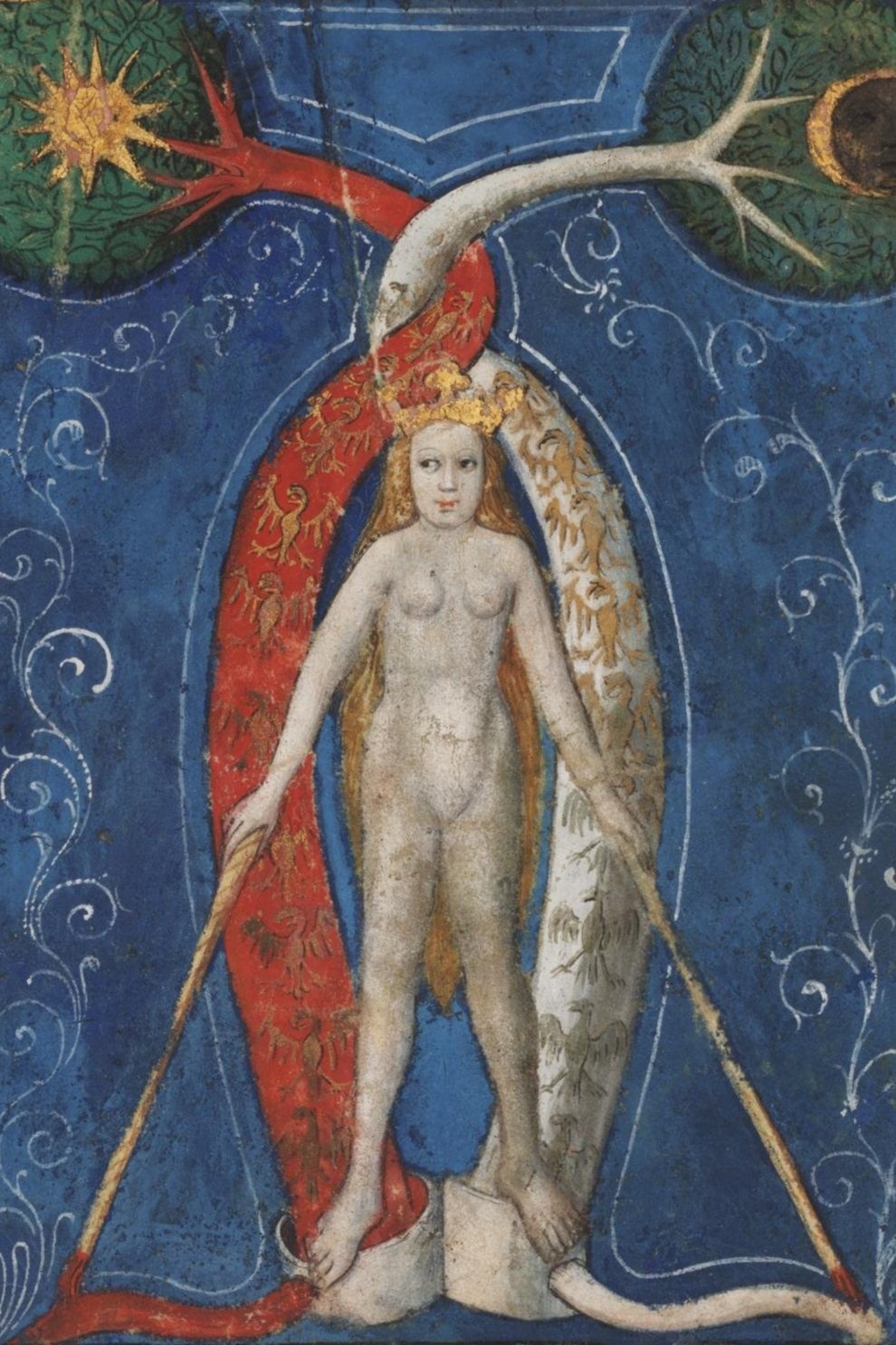Research
Lewis E M 28.27 front
The Philosophical Mercury
I am a literary historian who works at the intersections of medieval literature, transgender studies, and the history of the body. My book project Mercurial Natures: Trans Hermeneutics and Chaucerian Bodytexts is a literary history of bodily and textual mutability in the work of Geoffrey Chaucer. Across five chapters, I argue that Chaucer uses a specifically medieval understanding of gendered embodiment as essentially flexible to explore the ethics of literary interpretation. The project examines several figures and tales from The Canterbury Tales, including the tales and portraits of pilgrims like the Pardoner and the Wife of Bath, as well as the larger literary tradition of Troilus and Criseyde, especially Robert Henryson’s Testament of Cresseid. My approach to these texts is informed by recent work in medieval gender and sexuality studies and the history of the body, which I bring into conversation with the methodologies of transgender studies.
